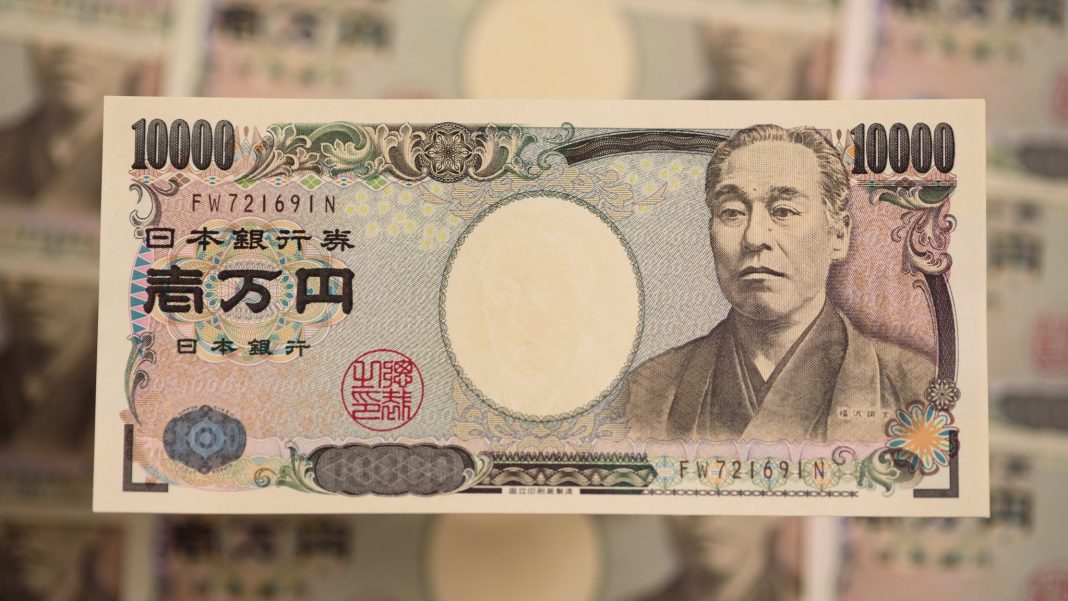USDJPY finished the year on a downbeat note, with the pair struggling around the 200-daily moving average. The dollar is lower across the board, so the bearish correction looks quite reasonable, especially considering the earlier failed attempts to break above the 109.70 area which serves as a strong resistance where the pair has formed a local top.
The dollar came under a decent selling pressure amid the year-end positioning, with downside correction in global stock markets added to the negative momentum in the pair as the safe-haven yen demand picked up slightly. As a result, USDJPY has been nursing decent losses for a third day in a row. On Tuesday, the pair is challenging the 200-daily moving average around 108.70. during recent trading, the dollar registered more than two-week low of 108.58 and could extend losses to the 108.40 region should the negative sentiment towards the greenback persist.
In a wider picture, the pair may shift into a recovery mode in early 2020 as investors will continue to bet on a comprehensive trade truce between the US and China after signing a phase one deal. According to latest reports, the world’s two largest economies will sign the partial agreement this weekend. So, another risk-on rally could follow and put some downside pressure on safe haven assets like the Japanese yen. Still, the threat of profit taking after the ceremony persists, as investors have already fully priced in a phase one deal since this step was announced earlier this month.
In this scenario, the USDJPY pair will hold above the 108.20 region and regain the upside momentum in the days to come. The initial upside target now comes around 108.90. Once above 109.00, the greenback could retarget the mentioned highs at 109.70. As long as the prices stay below this resistance zone, bearish risks will persist. Interestingly, this area coincides with the 100- and 200-SMAs, which confirms is as a very strong resistance. To make a clear break above it, the dollar may need a significant bullish driver along with an outright positive risk sentiment.





























